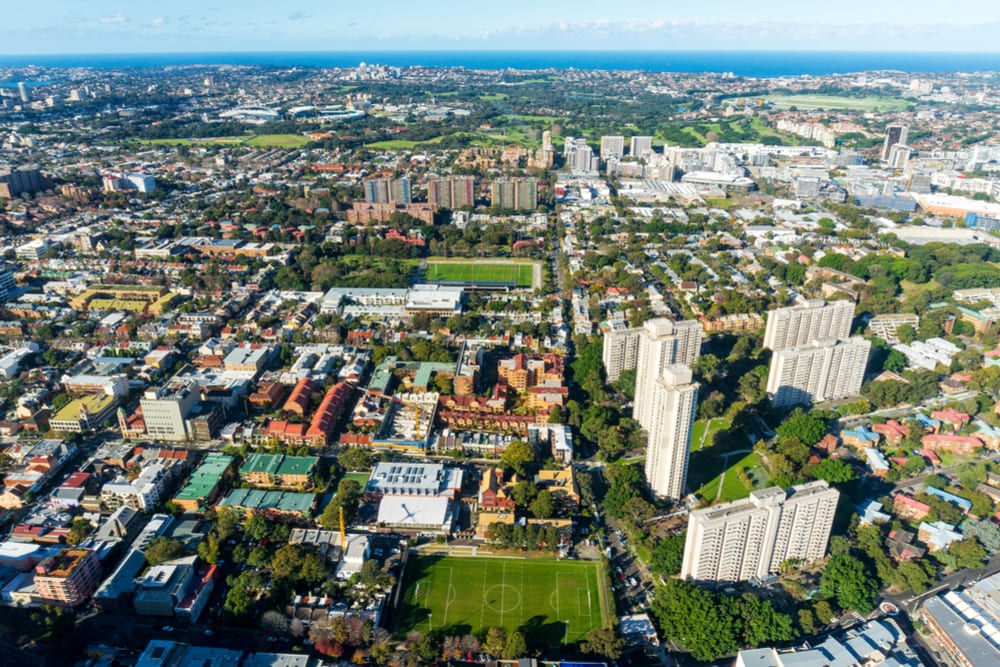
8 Ways to tell if a suburb’s value is about to increase
 When investing in property, capital growth is where you should be focusing the majority of your energy.
When investing in property, capital growth is where you should be focusing the majority of your energy.
Sustaining a passive income will assist you with maintaining the property in the short term, however capital growth is where the profit is in the long term.
Let’s take a look at eight things you should be on the lookout for when selecting a suburb to purchase in.
1. A decrease in average days on market numbers
If the demand for property in a particular area is beginning to outweigh supply, it means buyers are in a hurry to purchase stock as quick as possible. This leads to the properties being cleared from the market a lot earlier, reducing the number of average days on market.
2. Discounting is diminishing
When a level of consistent buyers is peaking in a particular location, you’ll see a rather dramatic change in how willing vendors are to discount their property as an incentive for a quick sale. The increased number of buyers means sellers have little reason to offer a discount on their homes.
3. Auction numbers have increased
Property markets are taking a positive turn when you can see that auction numbers have increased in the area. Agents generally start taking more properties to auction when the market is in a state of high demand. It’s also a good idea to analyse clearance rates in conjunction with the change in the number of auctions held.
4. Lower vacancy rates
Low vacancy rates mean there are more tenants looking for housing then there are properties available. Normally, a vacancy rate of approximately 3% is an indication of a steady market. Rates lower than 3% represents a shortage of tenants, while a rate above shows a surplus.
This is usually followed by higher rent prices, meaning investors will likely swoop in to benefit from the increased returns.
5. Increased yield
A popular location will see the demand for housing in that area to skyrocket. This is the lead up to higher rental demand, which in turn increases the average rent for that location.
This rise in popularity pushes the value up, as we also see a shift in new buyers encouraged by the market that were renting beforehand.
6. Lower stock availability
If there is less available stock on hand to buy in the market, it means property owners want to hold on to what they already have. Anything that becomes available from there on in is generally sold very quickly, indicating the market might be about to surge.
7. A rise in online interest
A strong increase in numbers of people searching for property in a location where there isn’t much for sale, could mean the demand is about to rise with house prices following suit.
8. Extended underperformance
If a market has been in a slump for an extensive time period, but surrounding markets are on the rise, this means it could be on the way up with those markets in the near future.
Generally, the longer the market has been on its knees the quicker the rise back up will be, when it eventually happens.